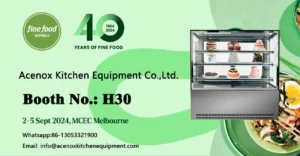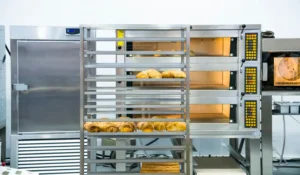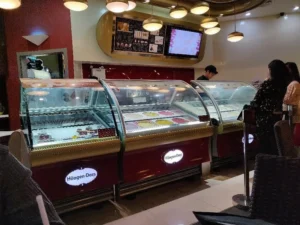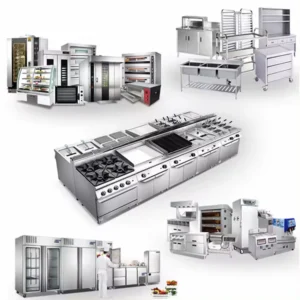What is Cold-rolled sheets?
The term “Rolled Materials” Stainless Steel Sheet in English refers to the process of using annealing and rolling to flatten thicker billets of material to the desired thickness and hardness for industrial use, such as achieving a thickness of 2mm-0.2mm. The billet and rolling process choice is based on the desired material properties. The more rollers a rolling mill has, the wider the width it can process.
What is stainless steel hot rolled sheet?
“stainless steel hot rolled sheet” refers to the first-grade material produced by large steel mills without any processing, packaged in its original thickness and with better mechanical properties than rolled materials. In terms of sheet metal, there is no essential difference between rolled materials and “stainless steel hot rolled plate”.
Rolled materials typically have a weak magnetic field due to the rolling process, while “stainless steel hot rolled plate” is non-magnetic. Some ultra-precision steel strips rolled to 0.1mm or less is quite expensive.
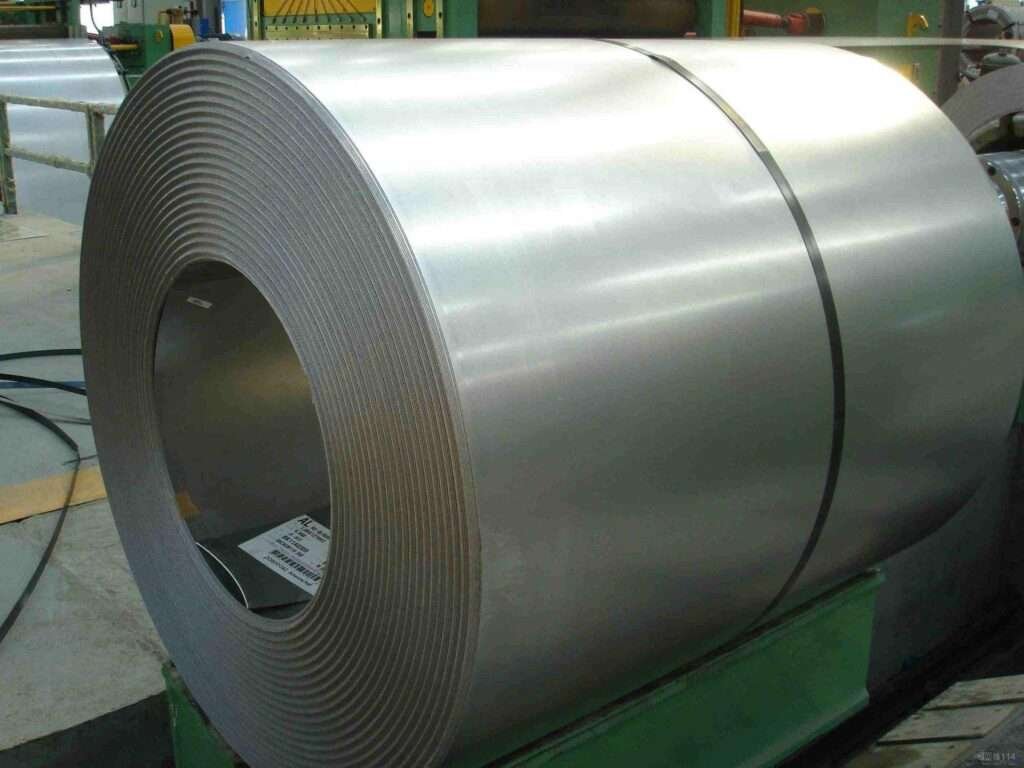
Rolling is a process that uses pressure and stretching to shape materials, while smelting can change the chemical composition of steel materials. Rolling cannot change the chemical composition of the steel. In the stainless steel industry, “Rolling” typically refers to turning hot-rolled steel strips into cold-rolled materials through a series of processing steps. The final product of this process is usually referred to as “Rolled Materials”.
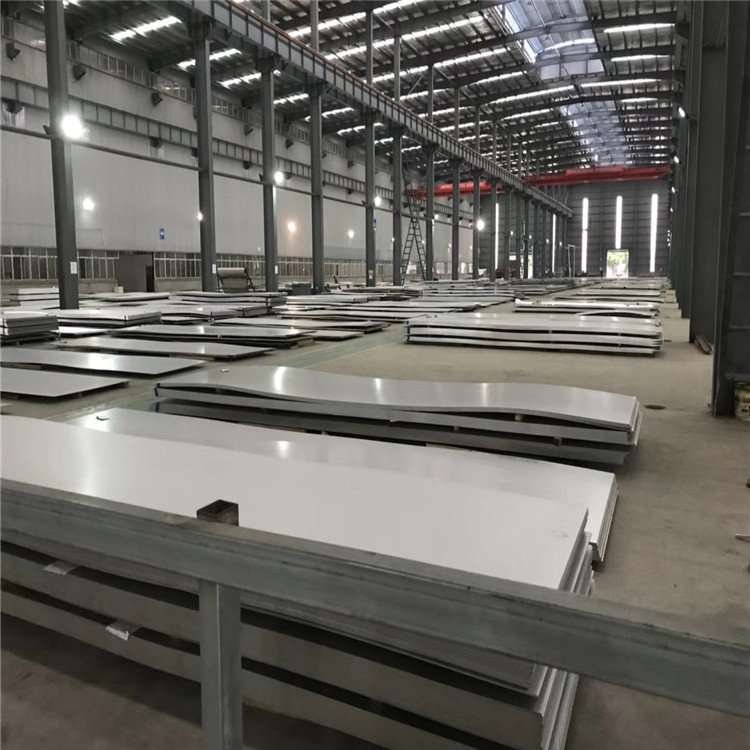
The production process of stainless steel strips generally involves hot rolling of billets, followed by annealing, acid and alkali washing, inspection and grinding, cold rolling, another round of annealing, acid and alkali washing, leveling, polishing, and cutting.
Cold-rolled sheets are used to produce stainless steel fabricated commercial kitchen equipments.
Due to the cold rolling process conducted at room temperature, there is no formation of oxide scale on the surface of the cold-rolled steel, resulting in high surface quality and dimensional precision. Additionally, with the subsequent annealing treatment, both the mechanical properties and process performance of cold-rolled steel are superior to those of hot-rolled thin steel sheets. As a result, in many industries, particularly in the household appliance manufacturing sector, cold-rolled steel has gradually replaced hot-rolled thin steel sheets.
Cold-rolled stainless sheets are widely used to produce stainless steel sinks, tables, cupboards, hoods, cake showcase, and other stainless steel fabricated items.


